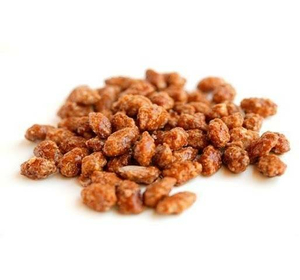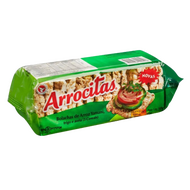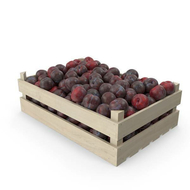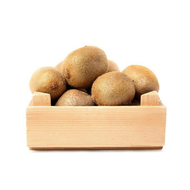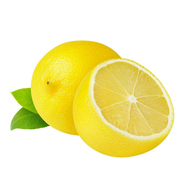Garrapiñada is a sweet peanut-based snack, made out of peanuts, caramelized sugar and vanilla extract, in most cases. The caramel crystallizes with the heat and sticks to the peanuts, so that, when it dries out, it creates a crunchy and sweet coat.
Its preparation process is very simple, which means it can be easily made at home, or bought in different stores. In Argentina, the peanut garrapiñada is commonly sold by street vendors and usually enjoyed on Christmas and New Year festivities.
It is usually most consumed in Latin American countries such as Ecuador, Peru, Chile, Mexico, Uruguay and Argentina, but some European and Asian countries prepare their own variants of garrapiñada.
Origins
The garrapiñada's origin is uncertain. According to the Encyclopedia of American Food and Drink, nuts and fruits were preserved in honey during the Ancient Egypt times, which could have been later turned into the garrapiñada that we know nowadays.
Nutritional information
Garrapiñada is mainly made out of peanuts and sugar.
Peanut is an important source of good fats, and a moderate consumption helps prevent cardiac diseases, reduces cholesterol and even contributes to fat loss, as it provides a feeling of fullness and high energy doses. Therefore, people may include this snack into their regular diet, being ideal for any moment of the day.
Frequently asked questions
What seeds can be turned into garrapiñada? Garrapiñada is most commonly found made out of peanuts, but any dried fruit or seed can be candied. For example, in Spain, candied almonds are very frequent.
Where does the word "garrapiñada" come from? The term "garrapiñada" comes from "Garapiñada" and "Garapiñar", which represents the action of covering different candies and dried fruits in syrup until it solidifies.
What is the difference between garrapiñada and praliné? In Argentina, garrapiñada is usually made out of caramelized peanuts. Praliné is usually made out of a caramelized mix of different types of dried fruit, like almonds, hazelnuts, etc. which are then turned into a paste that's after mixed with a ganache.
Where is praliné from? It was discovered by accident, when the Duke of Plessis-Paslin's chef accidentally poured hot sugar over some almonds.
Common misspellings and related terms
Over the years, there have been variations of the original recipe in different parts of the world. For example, the Croquant de Provence is a brittle pastry made out of almonds and sugar; the Croccante Italiano is generally sold in Italy as a crunchy, hard bar that can be made out of different dried fruits, but it mostly consists of caramelized almonds.
In the Middle East, similar preparations can be found made out of nuts, pistachios, almonds, cashews or sesame seeds.
לא נמצאו ביקורות
Complete your purchase on Pampa Global
We’ve simplified the checkout process! Orders are now completed through Pampa Global, our new platform that offers:
- Fast and secure checkout
- Extensive international catalog
- Competitive wholesale pricing

